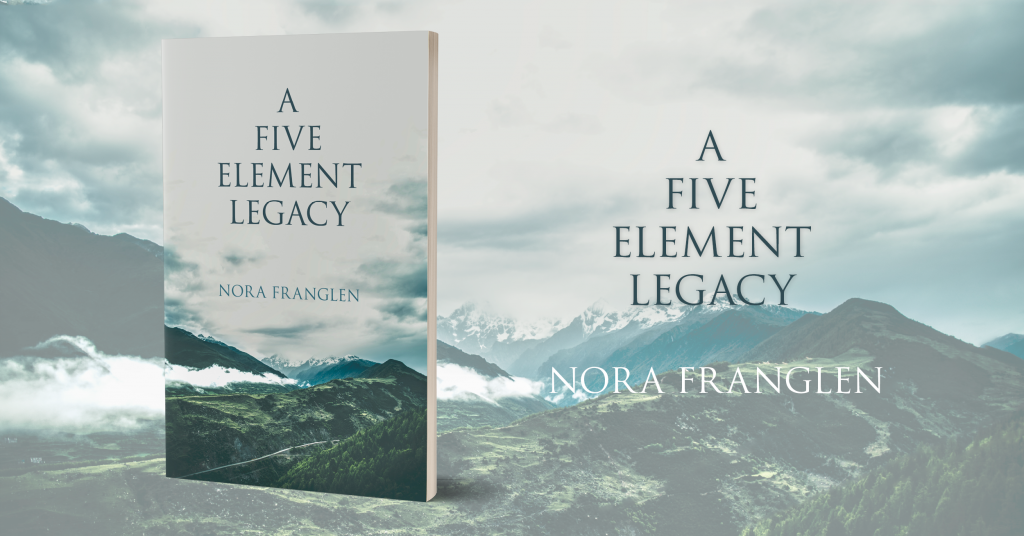 Before embarking on the enormous task of writing my book – Acupuncture for Babies, Children and Teenagers – I had to ask myself some searching questions. Does the acupuncture world really need another hefty textbook? And do I really want to devote every second of free time over the next two years to this project? It didn’t take long for me to answer with a resounding ‘yes’ to both. Here is my thinking behind my decision to do it.
Before embarking on the enormous task of writing my book – Acupuncture for Babies, Children and Teenagers – I had to ask myself some searching questions. Does the acupuncture world really need another hefty textbook? And do I really want to devote every second of free time over the next two years to this project? It didn’t take long for me to answer with a resounding ‘yes’ to both. Here is my thinking behind my decision to do it.
five element acupuncture
Learning How to Tailor Treatment to a Patient’s Needs with Nora Franglen
 Nora Franglen has been a Five Element Acupuncturist for many years and has refined her profession over a lifetime.
Nora Franglen has been a Five Element Acupuncturist for many years and has refined her profession over a lifetime.
We have an extract from her latest book, A Five Element Legacy, where she provides guidance to other practitioners on how to tailor treatment to a patient’s needs, the difficulty of a fixed diagnosis and how to measure if treatment has been successful.
In A Five Element Legacy, Nora Franglen reflects on a lifetime of practising five element acupuncture, and offers advice and insights into developing patient-practitioner relationships, tailoring treatments to individual patient’s needs and the importance of taking your time and trusting your feelings. Read more about the book here.
What is Five Element Acupuncture?
You can see from the title of my six books published by Singing Dragon that I practise and write about a branch of acupuncture called five element acupuncture. All acupuncture is based upon an understanding of an ancient Chinese philosophical concept which describes the universe and all who live in it as created by the Dao, the All, the infinite, what we can think of as the universe before the Big Bang.
The Dao itself is divided into two forces called yin and yang, positive and negative forces created at the time of the Big Bang, which always counterbalance each other and make time and motion possible. Finally, yin and yang split into what the Chinese call the five elements, each with simple, everyday names of Wood, Fire, Earth, Metal and Water. In geographical terms we can see the elements as being like the four directions of north, south, east and west, with the fifth its centre.
